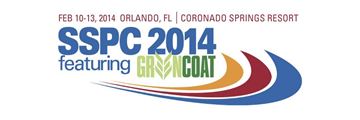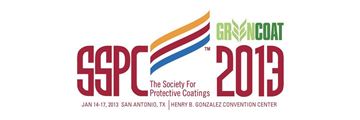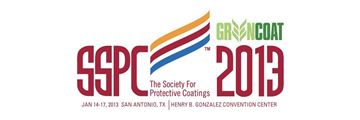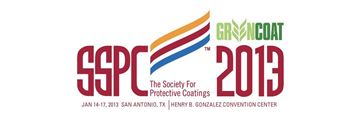Search
Products tagged with 'blasting'
View as
Sort by
Display
per page
Specifying Climate Control for Blasting and Coating Projects
Product Number:
41214-807-SG
Publication Date:
2014
$20.00
Spot-and-Sweep' Blasting for Cost Effective Outer Hull Surface Preparation
Product Number:
41213-760-SG
Publication Date:
2013
$20.00
Steps to a More Effective Blasting Operation
Product Number:
41213-730-SG
Publication Date:
2013
$20.00
Successful Bridge Painting in the Northeast during the Winter Months, Pros and Cons from Owner and Contractor
Product Number:
41213-805-SG
Publication Date:
2013
$20.00
Waiting for the Concrete to Dry: Waiting for the concrete to dry at Johnston Memorial medial building in Arlington, VA.
Product Number:
41212-708-SG
Publication Date:
2012
$20.00






